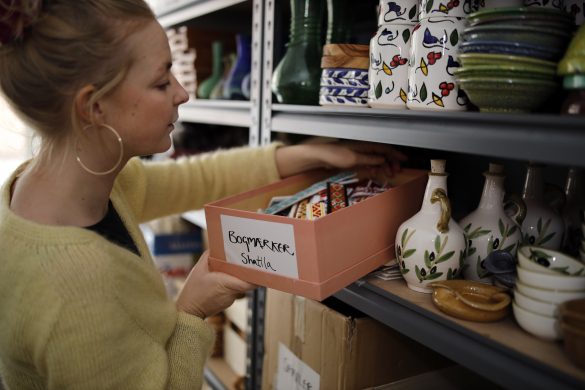UN efforts to help restore the marshlands of southern Iraq, considered by some to be the site of the Biblical Garden of Eden, after they were massively damaged by the ousted regime of Saddam Hussein, have moved a step closer with the identification of six pilot project sites.
At all six sites environmentally sound technologies (ESTs) will be used to see how they perform in restoring the environment and providing clean water and sanitation to 85.000 people living there, UN Environment Programme (UNEP) official Monique Barbut told a meeting this week in New York.
The 11-million US dollar project, funded by the Government of Japan, aims to bring wetland management skills to local people and communities, heirs to the 5000-year-old civilization of the Babylonians and Sumerians, with “low tech” less polluting ESTs which include restoration of reed beds and other marshland habitats that act as natural, water-filtration systems.
In 2001, UNEP released satellite images showing that 90 per cent of these fabled wetlands, home to rare and unique species like the Sacred ibis and African darter, and a spawning ground for fisheries, had been lost to dams on the Tigris and Euphrates rivers, and a vast drainage operation carried out by Saddam Hussein after the 1991 Persian Gulf War.
Further studies released in 2003 showed that an additional 3 per cent, or 325 square kilometres, had gone. Experts feared the entire wetlands could disappear by 2008.
With the collapse of the former regime in mid-2003, local residents began opening floodgates and breaching embankments to bring water back and satellite images indicated that by April 2004 around a fifth, or 3.000 square kilometres, had been re-flooded.
The challenge now is to restore the environment and provide clean water and sanitation services.
Kilde: FNs nyhedstjeneste














